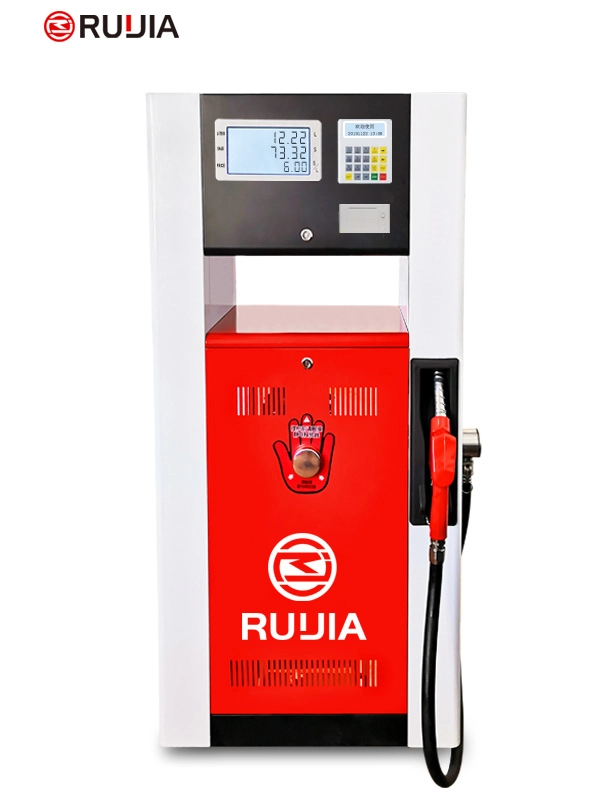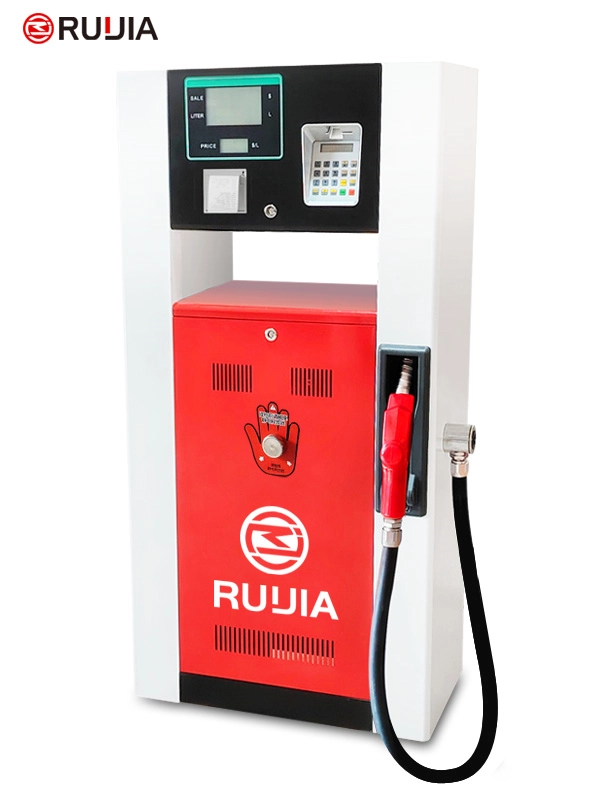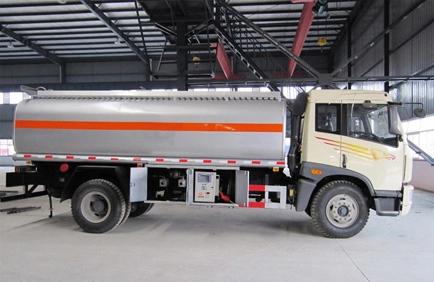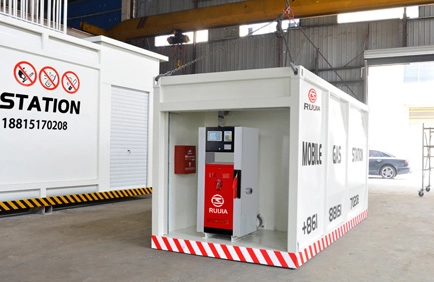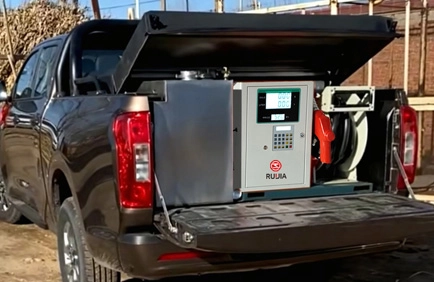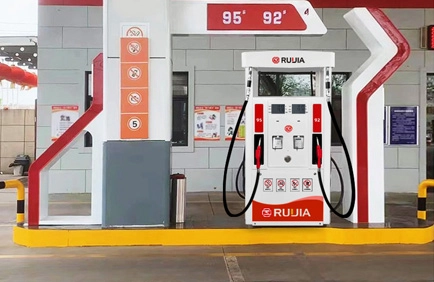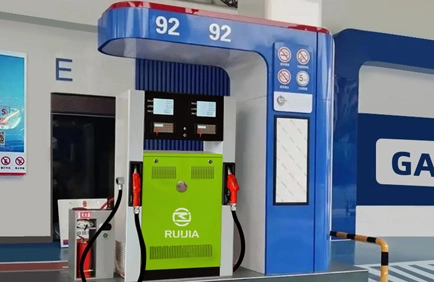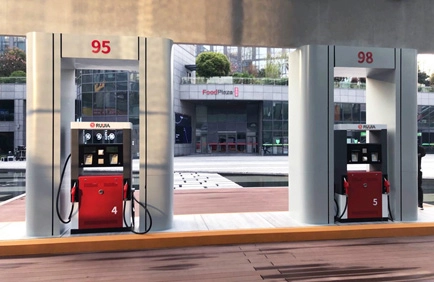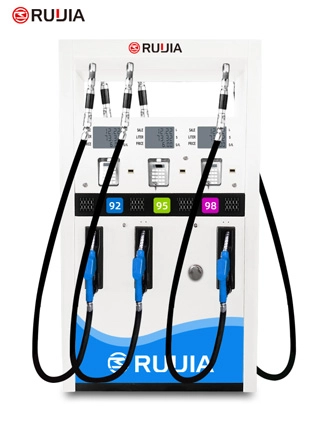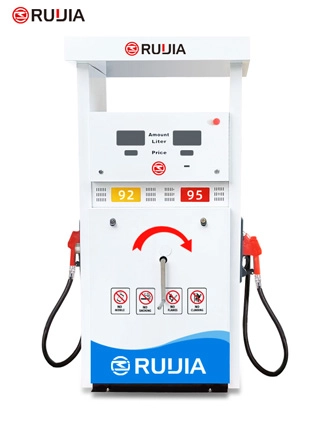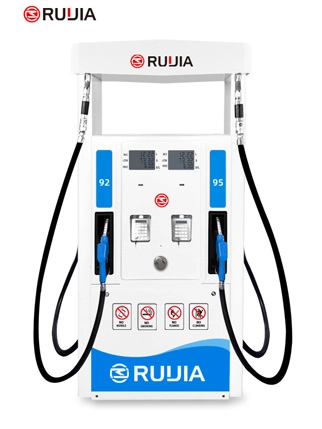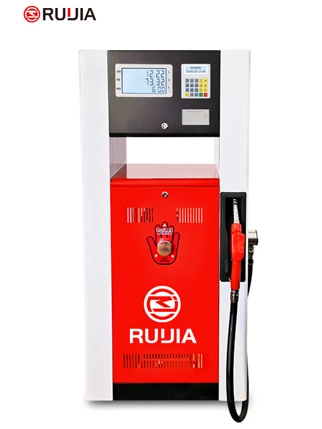Self-service Petrol Dispenser
Product Parameter
- Product Name
- RJ150X Fuel Dispenser
- Brand Name
- Ruijia
- Product Size
- 800X430X1500mm
- Nozzle
- 1 Nozzles
- Flow Meter
- 4- piston Flow Meter
- Pump
- Vane Pump, Gear Pump
- Lcd Display
- 664, 886
- Temperature
- -25°C~ +55°C
- Pressure
- 0.3MPa
- Accuracy
- ±0.3%
- IC Card
- Supports
- Flow Rate
- 5~60L/min or 5~100L/min
- Voltage
- AC 110V/220V/380V(50/60Hz)
- Suction Distance
- 6m(vertical),50m(horizontal)
- Power
- 750W or 1100W
- Medium
- Gasoline, Diesel, Kerosene
Product Configuration
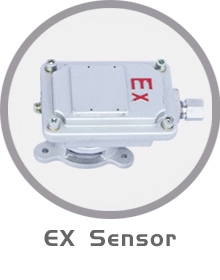

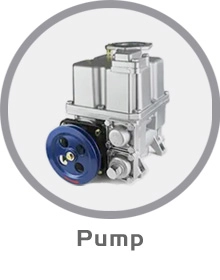
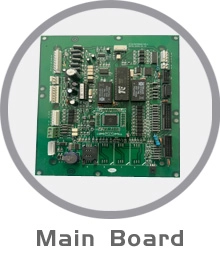
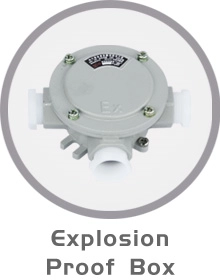
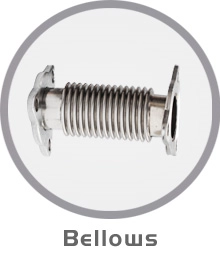
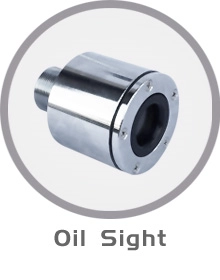
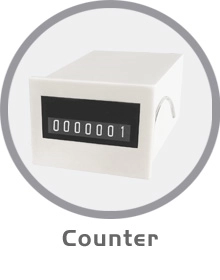
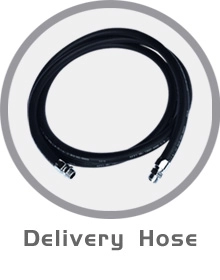
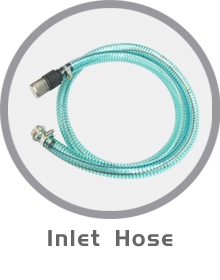
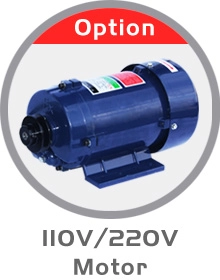
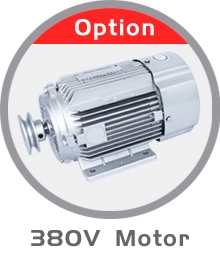
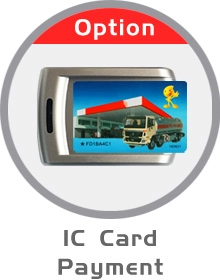
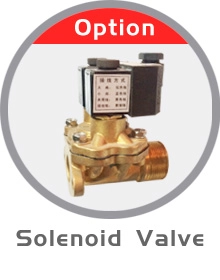
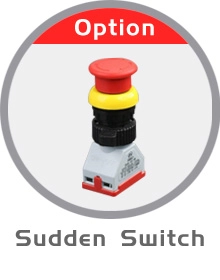
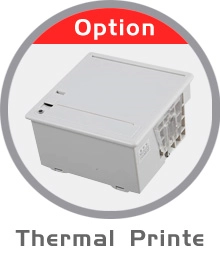
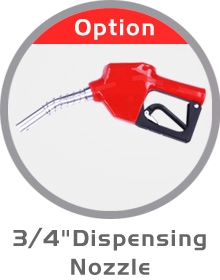
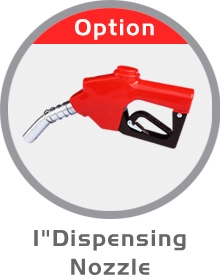
Our Certification

What is a Self-Service Petrol Dispenser?
A self-service petrol dispenser is a type of fueling system found at gas stations, truck stops, and other fueling locations that allows drivers to refuel their vehicles without the assistance of a gas station attendant. Unlike traditional full-service stations, where an employee handles the fueling process, self-service dispensers empower customers to pump their own fuel, select the type of fuel they need, and pay for their purchase directly at the pump. This innovation has revolutionized the fueling industry, offering convenience, cost savings, and operational efficiency for both consumers and businesses.
Self-service petrol dispensers are a cornerstone of modern fuel infrastructure, reflecting broader trends in automation, digitalization, and consumer autonomy. They are designed to be user-friendly, durable, and compliant with safety and environmental regulations. From their mechanical components to their advanced digital interfaces, these dispensers represent a blend of engineering ingenuity and practical design. This article provides an in-depth exploration of self-service petrol dispensers, covering their definition, history, components, functionality, applications, advantages, challenges, and future developments.
Definition and Purpose
A self-service petrol dispenser is a mechanical and electronic device that enables drivers to independently pump fuel into their vehicles. It is typically located at a gas station and consists of a pump unit, a nozzle, a payment terminal, and a control panel. The primary purpose of a self-service petrol dispenser is to provide a cost-effective and efficient way for customers to refuel their vehicles while minimizing labor costs for fueling stations.
These dispensers are designed to handle various types of fuels, including regular gasoline, premium gasoline, diesel, and alternative fuels such as biodiesel or ethanol. They are equipped with features like flow meters, automatic shut-off valves, and vapor recovery systems to ensure accurate fuel measurement, prevent spills, and reduce environmental impact. By eliminating the need for an attendant, self-service dispensers streamline the fueling process, allowing customers to complete transactions quickly and independently.
History and Evolution of Self-Service Petrol Dispensers
The concept of self-service fueling emerged in the mid-20th century as a response to rising labor costs and the growing demand for convenience. Before the advent of self-service stations, gas stations relied on attendants to pump fuel, check tire pressure, and clean windshields. This model, while effective, was labor-intensive and expensive to maintain.
The first self-service petrol stations appeared in the United States in the 1950s. One of the earliest examples was the "Gulf Oil" station in Ohio, which introduced a self-service model in 1952. By the 1960s, self-service stations had gained popularity, particularly in urban areas where cost efficiency was a priority. Over the decades, technological advancements transformed self-service dispensers from simple mechanical devices into sophisticated systems with digital interfaces, automated payment options, and enhanced safety features.
The 1980s and 1990s saw the rise of smart fuel dispensers, which incorporated electronic sensors, touchscreen displays, and integrated payment systems. These innovations allowed for real-time fuel pricing, loyalty program integration, and improved customer experiences. Today, self-service petrol dispensers are ubiquitous, with millions of units operating globally, serving both individual drivers and commercial fleets.
Key Components of a Self-Service Petrol Dispenser
A self-service petrol dispenser is a complex system composed of several interdependent components, each playing a critical role in its operation. These components include:
Fuel Pump:
The fuel pump is the core mechanism responsible for drawing fuel from underground storage tanks and delivering it to the vehicle. It uses either positive displacement or centrifugal technology to generate the necessary pressure for fuel flow. Modern dispensers often feature high-efficiency pumps capable of handling large volumes of fuel.Nozzle and Shut-Off Valve:
The nozzle is the part of the dispenser that connects to the vehicle’s fuel tank. It is equipped with a suction valve that automatically stops the flow of fuel when the tank is full, preventing overfilling and spills. Diesel nozzles are typically larger and heavier than gasoline nozzles due to the higher viscosity of diesel fuel.Flow Meter:
A flow meter measures the volume of fuel dispensed and ensures accurate billing. Digital flow meters use electronic sensors to provide precise readings, reducing the risk of fraud and ensuring fair pricing.Vapor Recovery System:
To minimize environmental impact, many self-service dispensers incorporate vapor recovery systems that capture fuel vapors during the dispensing process. These systems route the vapors back to the storage tank, reducing air pollution and complying with environmental regulations.Filters:
Filters remove impurities such as dirt, water, and sediment from the fuel before it reaches the vehicle. This ensures clean fuel delivery and protects engines from damage.Control Panel and Payment Terminal:
The control panel allows users to select the type of fuel (e.g., regular, premium, diesel) and monitor fuel volume and cost. Modern dispensers are equipped with touchscreen interfaces, card readers, and mobile payment options for convenience.Pump Housing and Safety Features:
The dispenser’s housing protects internal components from weather, corrosion, and physical damage. Safety features like anti-static grounding and leak detection systems prevent accidents and ensure compliance with industry standards.Digital Display and User Interface:
A digital display provides real-time information about fuel price, volume, and total cost. Some dispensers also include multilingual support and interactive guides to assist users, especially those unfamiliar with self-service technology.
How a Self-Service Petrol Dispenser Works
The operation of a self-service petrol dispenser involves a series of coordinated steps to ensure safe and efficient fuel delivery. Here’s a detailed breakdown of the process:
Fuel Supply:
Diesel or gasoline is stored in underground tanks at the gas station. A submersible pump or tank pump located in the storage tank pushes fuel through a network of pipes to the dispenser. This ensures a continuous and pressurized flow of fuel.User Interaction:
When a driver approaches the dispenser, they select the desired fuel type (e.g., regular, premium, diesel) using the control panel. The dispenser’s display shows the price per gallon and the total cost based on the selected fuel.Nozzle Connection:
The driver removes the nozzle from the dispenser and inserts it into the vehicle’s fuel tank. The nozzle’s suction valve is activated, allowing fuel to flow into the tank.Fuel Dispersion:
The fuel pump draws fuel from the storage tank and pushes it through the nozzle. A flow meter measures the volume of fuel being dispensed, ensuring accuracy. The driver can monitor the amount of fuel and total cost on the digital display.Automatic Shut-Off:
When the vehicle’s tank is full, the suction valve in the nozzle automatically stops the flow of fuel, preventing overfilling and spills.Vapor Recovery:
As fuel is dispensed, the vapor recovery system captures excess vapors, which are then routed back to the storage tank. This reduces air pollution and ensures compliance with environmental regulations.Payment and Shutdown:
Once the driver completes the transaction, they pay for the fuel using a credit card, mobile payment app, or cash. The dispenser then shuts off the fuel flow, and the system updates the payment terminal.
This process is repeated for each vehicle, allowing multiple drivers to fuel their vehicles simultaneously without waiting for an attendant.
Types of Self-Service Petrol Dispensers
Self-service petrol dispensers come in various designs to suit different needs and environments. Some common types include:
Single-Outlet Dispensers:
These dispensers have one nozzle and are typically used for smaller gas stations or specific fuel types. They are ideal for low-volume fueling operations.Multi-Outlet Dispensers:
Common at larger stations, these dispensers have multiple nozzles, allowing drivers to refuel multiple vehicles simultaneously. They are particularly useful in high-traffic areas.Dual-Fuel Dispensers:
Designed to dispense two types of fuel (e.g., gasoline and diesel) from a single unit, these dispensers are popular in areas where space is limited.Automated Dispensers:
These dispensers feature touchscreens and self-service capabilities, reducing the need for attendants. They often include advanced safety features like automatic shut-off and leak detection.High-Volume Dispensers:
Used in commercial and industrial settings, these dispensers are built to handle large fuel volumes and operate continuously.Electric Vehicle (EV) Charging Dispensers:
Some modern self-service stations now offer dual functionality, combining traditional fuel dispensing with EV charging capabilities. This trend reflects the growing demand for renewable energy solutions.
Applications of Self-Service Petrol Dispensers
Self-service petrol dispensers are used in a wide range of industries and settings, including:
Commercial Gas Stations:
Large gas stations with multiple lanes often use self-service dispensers to serve drivers efficiently. These dispensers are designed to handle high volumes and ensure quick turnaround times.Truck Stops and Logistics Hubs:
Truckers and fleet operators rely on self-service dispensers to refuel their vehicles quickly. These dispensers are often equipped with high-volume pumps and automated payment systems to accommodate large fleets.Industrial and Agricultural Facilities:
Construction sites, farms, and manufacturing plants use self-service dispensers to fuel equipment such as tractors, excavators, and generators. These dispensers are built to withstand harsh environments and provide reliable performance.Emergency and Remote Locations:
In areas with limited infrastructure, self-service dispensers provide a critical solution for fueling emergency vehicles, generators, and portable equipment.Marine and Aviation Fueling:
Some marine terminals and small airports use self-service dispensers to refuel boats and aircraft, ensuring quick and efficient service.Urban and Rural Areas:
Self-service dispensers are widely used in both urban and rural areas, offering convenience to drivers regardless of location.
Advantages of Self-Service Petrol Dispensers
Self-service petrol dispensers offer numerous benefits that make them a popular choice for gas stations and consumers alike. Key advantages include:
Cost-Effectiveness:
By eliminating the need for attendants, self-service dispensers reduce labor costs for gas stations. This cost savings is often passed on to consumers in the form of lower fuel prices.Convenience and Speed:
Drivers can refuel their vehicles at their own pace without waiting for an attendant. This is particularly beneficial during peak hours when lines can be long.User Autonomy:
Self-service dispensers empower drivers to take control of their fueling process, making it easier for those who prefer independence.Environmental Benefits:
Features like vapor recovery systems and precise fuel measurement help reduce fuel waste and emissions, aligning with sustainability goals.Scalability:
Self-service dispensers can be integrated into larger fueling networks, allowing for future expansion or upgrades.Technological Integration:
Modern dispensers are equipped with smart technology, including contactless payments, mobile apps, and real-time fuel pricing, enhancing the user experience.
Challenges and Considerations
While self-service petrol dispensers offer many benefits, they also present certain challenges:
User Errors:
Some drivers may not be familiar with the self-service process, leading to mistakes such as selecting the wrong fuel type or overfilling the tank. Clear instructions and intuitive interfaces are essential to mitigate this issue.Safety Risks:
Diesel and gasoline are flammable, so strict safety protocols must be followed to prevent leaks, spills, or fires. Dispensers are equipped with anti-static grounding and leak detection systems to minimize risks.Maintenance Requirements:
Regular maintenance is essential to ensure optimal performance and prevent malfunctions. This includes checking filters, pumps, and vapor recovery systems.Initial Investment:
The cost of installing self-service dispensers can be high, particularly for small gas stations. However, the long-term savings on labor and operational costs often justify the investment.Regulatory Compliance:
Dispensers must meet local and international standards for fuel handling, environmental protection, and electrical safety. Compliance with these regulations is critical for both legal and safety reasons.
Future Trends and Innovations
The future of self-service petrol dispensers is likely to be shaped by advancements in technology and changing consumer preferences. Key trends include:
Smart Dispensers:
The integration of artificial intelligence (AI) and Internet of Things (IoT) technology will enable self-service dispensers to offer personalized experiences, predictive maintenance, and real-time data analytics.Contactless Payments:
As mobile payments become more prevalent, self-service dispensers will increasingly support contactless payment methods, such as NFC (Near Field Communication) and QR code scanning.Electric Vehicle (EV) Compatibility:
With the rise of electric vehicles, self-service stations are expanding to include EV charging stations alongside traditional fuel dispensers. This dual functionality will cater to a broader range of consumers.Sustainability Initiatives:
Future dispensers may incorporate carbon capture technology and renewable fuel options to further reduce environmental impact.Enhanced User Experience:
Improvements in user interface design, multilingual support, and interactive guides will make self-service dispensers more accessible to a global audience.
Conclusion
A self-service petrol dispenser is a vital component of modern fuel infrastructure, offering a convenient, cost-effective, and efficient way for drivers to refuel their vehicles. Its design, functionality, and applications reflect the evolving needs of the transportation and energy sectors. From its mechanical components to its advanced digital features, the self-service dispenser exemplifies the intersection of engineering, technology, and consumer demand.
As the world continues to embrace automation and sustainability, self-service petrol dispensers will play an increasingly important role in shaping the future of fuel distribution. Whether you’re a driver, a business owner, or an engineer, understanding the significance of these dispensers provides valuable insight into the dynamic and ever-changing landscape of energy and mobility. By prioritizing innovation, safety, and user experience, self-service petrol dispensers will remain a cornerstone of the global fueling industry for years to come.
